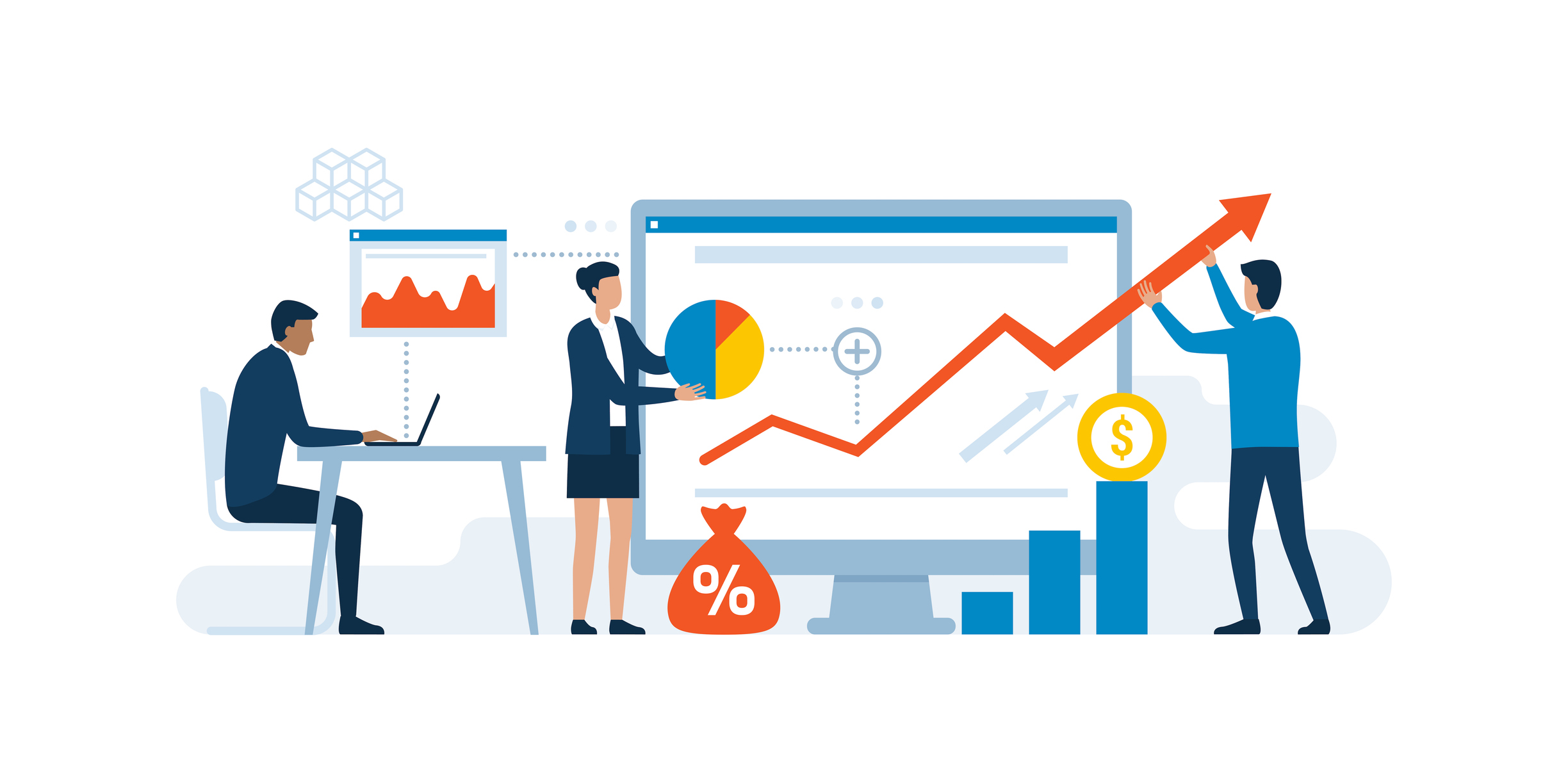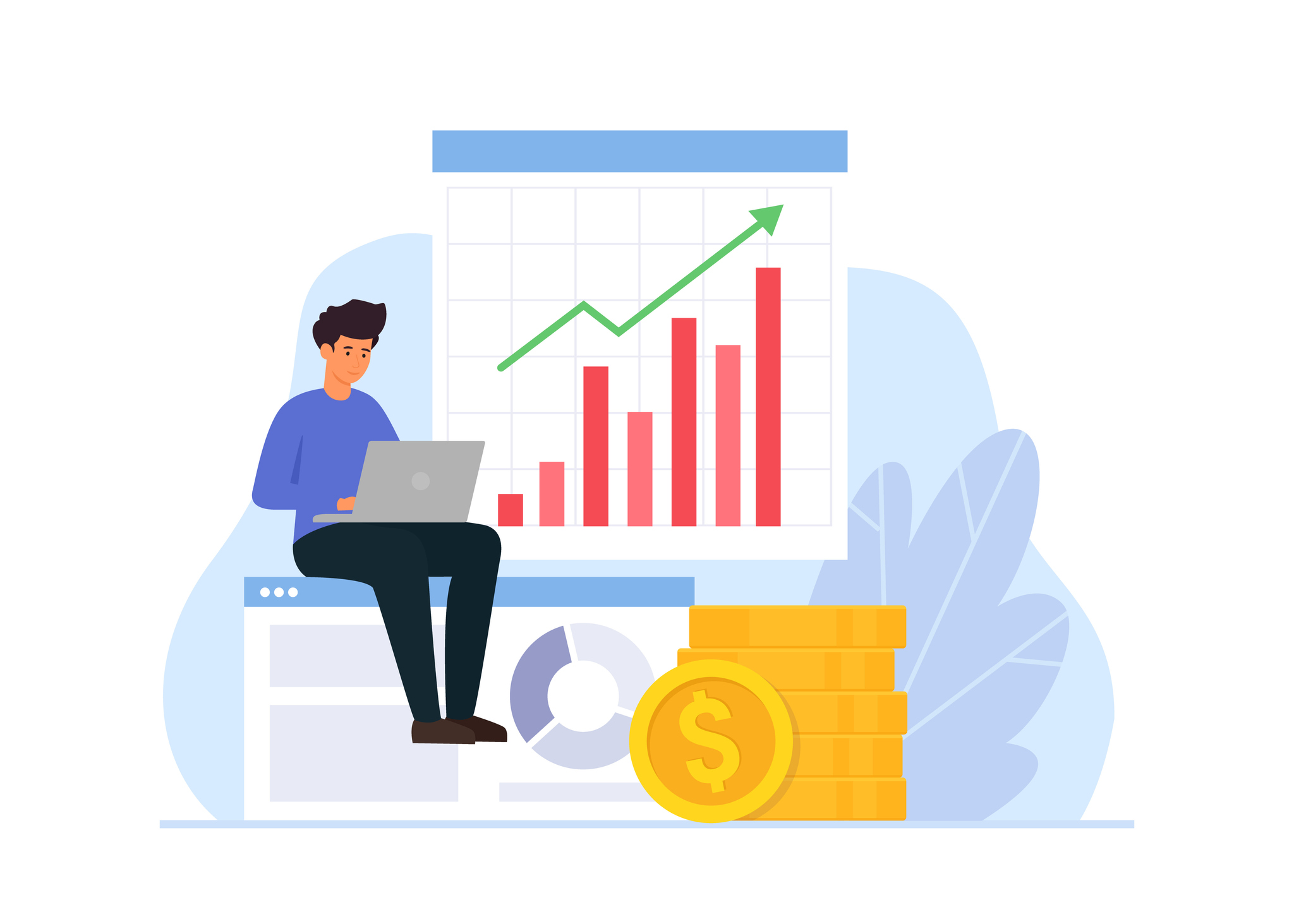Robust Theme
Dec 09, 2019 2020-04-08 7:40Robust Theme
What is opportunity costs in 2023? | Agile Meridian

By Chris Daily
The key to success in business might be found within opportunity cost, a fundamental economic principle that has the potential to improve decision-making and maximize results drastically. This concept-informed decision can prove invaluable when directing resources toward optimal outcomes through its power to illuminate costs associated with forgoing one course of action in favor of another.
Understanding Opportunity Cost

Every day, people make a series of decisions, from trivial choices over lunch to more challenging ones like career choices or investments. Many do not realize that every decision has an associated “cost” – an opportunity cost. It is basically what one loses when picking one option instead of another, and it reflects the potential benefit missed by going with a certain alternative rather than its alternatives. This can be hard to wrap your head around, but it’s pivotal in personal finance and business strategy matters. Incorporating such costs into our judgments helps us arrive at smarter conclusions that allow for the best use of resources.
Defining Opportunity Cost
Understanding why opportunity cost matters is essential for making sound decisions. This concept refers to the value of what could be gained by selecting a different option. It can involve tangible costs, such as an item’s price tag, or intangible ones, like time and effort invested in a task. By analyzing these potential benefits missed out on when one course of action is chosen over another, we can evaluate trade-offs much more accurately and consider all options thoroughly before deciding our next step forward financially, professionally, or personally.
Examples of Opportunity Cost
When it comes to recognizing the concept of opportunity cost, some examples can help. Suppose a business has additional capital and needs to choose between investing in a new venture or on the stock market. The economic consequence for selecting one course of action is that they would forego potential earnings from investing elsewhere - their chosen option’s ‘cost’.
Similarly, when we think about our private lives, this idea applies. Consider planning your holiday and determining where you’ll go – if there are two places, the miss-out expense will represent missing out on enjoying what could have been at another spot instead!
Types of Costs: Explicit and Implicit

When discussing opportunity costs, we commonly discuss explicit and implicit ones. These two types of opportunity cost examples must be considered to understand the real expense associated with any decision-making process comprehensively. Explicit costs, such as salaries or rent paid by an organization, can easily be identified and calculated, while implicit costs refer more specifically to the potential opportunities lost when utilizing company resources for other purposes than originally intended.
Explicit Costs Explained
Explicit costs, or direct expenses, have a tangible monetary value. Rent, payroll, and equipment are all easily identifiable expenditures that can affect cash flow and profitability. For instance, when paying $1000 in wages to its employees, there is an explicit cost being incurred by the company. These direct costs provide a clear insight into how well or poorly a business may perform financially since they are essential in establishing its financial health.
Implicit Costs Uncovered
Implicit costs are more complex as they represent losses that cannot be directly seen. They refer to intangible expenses incurred when resources aren’t being used in their intended way. While out of pocket costs and expenditures, on the other hand, can be documented and quantified for accounting records. As an example, if you own a second home designated solely for holidays but don’t rent it out at any point throughout the year, the implicit cost would include rental income not received due to this decision, even though these funds weren’t recorded anywhere within your accounts or finances properly speaking.
Calculating Opportunity Cost

Calculating opportunity costs is essential to making wise decisions. This involves evaluating the expected profits from various options in order for decision-makers to determine their costs and advantages accordingly as well as figure out how they can maximize return on investment (ROI). It should be noted that this assessment may differ depending upon the timeframe or point of view taken into consideration. An such example of opportunity cost would be when spending money with an aim to create a new product – potentially bringing back 50% ROI within 5 years - versus launching a marketing campaign yielding 25% ROI. Then the latter’s opportunity cost amounts up to -25%.
Opportunity Cost Formula
We can investigate the method of calculating opportunity cost. This is calculated by deducting the return from your chosen investment from what would have been returned had you selected a more profitable option. For example, if an investor opted for a stock with returns amounting to 10%, another bond offered 12% in returns available. Then that individual’s opportunity cost totals 2%. With this simple arithmetic, we are able to analyze and comprehend any trade-offs associated with deciding on our investments. Ultimately one must consider not only their potential income but also how much it may be costing them due to foregone opportunities to generate income elsewhere at the same time!
Marginal Opportunity Cost
The concept of the marginal cost or opportunity cost provides an additional dimension in comprehending the notion of opportunity and marginal costs. This refers to the extra expense incurred when one preference is picked over another. It signifies how much has been relinquished from a certain resource to gain yet another unit of something else.
To illustrate this, if a company manufactures both pens and pencils, simple example, then they will need to weigh up their options as far as production goes- the marginal opportunity cost for making one more pen would be calculated by determining what amount of pencils could have been produced with those same resources otherwise. Having awareness about such concepts can assist businesses make better decisions regarding manufacturing output levels and allocation usage practices across various items or projects, etc.
Opportunity Cost vs. Sunk Cost

When it comes to economics and decision making, we need to be able to differentiate between opportunity cost and sunk cost refers other costs. Both are types of expenditure but involve distinct aspects in evaluating decisions as well as their associated impacts. Opportunity cost considers the potential value that might have been obtained if a different option had been chosen, while taking into account any trade-offs made or gains overlooked when selecting one course of action over another. Whereas sunk costs refer only to past investments which cannot now be recovered regardless of how they influence future choices.
The Sunk Cost Fallacy
The sunk cost fallacy occurs when individuals make a decision to continue investing in something despite having already committed resources, even if it is not the most efficient choice for future value. People should be aware of this cognitive bias so they can avoid making decisions solely due to costs that have been previously incurred. For example, $5,000 were used for marketing and advertising in hopes that more customers would be exposed. After proving unsuccessful, there may still be pressure towards pouring additional money into the campaign as an act of “sunk cost”. Recognizing such expenses could help people circumvent any associated folly.
Opportunity Cost Analysis in Business Decisions

Opportunity cost analysis is an essential tool in business decision-making. By assessing the potential or actual returns from different options, companies can better determine the best ‘next option’ when selecting a course of action. Economists and financiers worldwide have adopted this kind of evaluation technique for looking at investment opportunities and making informed decisions accordingly.
For example, if profits have been made but it’s undecided whether they should go towards investing in stocks or buying new equipment/hiring personnel, opportunity cost analysis assists with weighing up both explicit and implicit costs relating to each possibility before deciding where excess capital should be allocated to achieve maximum profitability levels possible.
Factors to Consider
When making a business decision, it is necessary to consider the opportunity cost. This entails evaluating potential gains from increased production and sales versus growing customer base and sales through marketing campaigns. Businesses must weigh these factors while looking at their expected returns on each option in order to determine which will yield the most positive results, and what would be considered the best course of action for them. As an example, if deciding whether or not to further invest excess capital in either building a manufacturing plant or launching advertising efforts, there needs to be calculations done concerning costs against prospective payoffs so that they can pick one that provides higher benefits than drawbacks.
Investing Resources Wisely

When making financial decisions, opportunity cost analysis is a great tool to help businesses invest their resources more wisely and improve overall profitability. By examining opportunity cost compares the potential benefits that may be sacrificed when choosing one option over another, firms can ensure they are spending money in the right way.
For instance, instead of investing cash in elaborate promotional campaigns, companies could recognize that training staff is potentially more profitable in the long run- by analyzing such tradeoffs properly, businesses will make informed investment choices that optimize costs total revenue.
Economic Profit vs. Accounting Profit

Knowing the distinction between economic and accounting profit can give you a more comprehensive grasp of how efficient a business is. Economic profit considers explicit costs, such as labor expenses or supplies needed to produce goods or services, and implicit ones, like opportunity costs. By contrast, Accounting Profit focuses on quantifiable aspects, excluding any explicit opportunity costs or expenses. It allows for evaluating monetary performance yet may not provide all necessary information about profitability.
Real-Life Examples and Case Studies
When considering the effects of opportunity cost, it’s helpful to look at examples and case studies that show how this concept applies in various situations. For example, a business weighing whether they should invest in new machinery or add staff will have an opportunity cost with their decision. If they opt for machines over personnel, then the potential revenue from hiring people was lost. This would be the outcome associated with not taking advantage of other options available to them.
Wrapping Up.
Regarding decision-making, the concept of opportunity cost is a crucial factor. We must take this into account when making choices so that we can utilize our resources effectively. From investments and career options right through business strategies, opportunity cost matter everywhere. It’s like being presented with two cakes - if you choose one, you can’t have the other, as “you can’t have your cake and eat it too”. Recognizing the costs associated with every choice should be something kept in mind throughout all parts of life.
Frequently Asked Questions
What is opportunity cost and example?
The opportunity cost is the value of a resource used in its next-best alternative purpose. An example to illustrate this would be spending time and money on seeing a movie instead of reading or utilizing money spent that same budget elsewhere. Thus, the value assigned to what could have been instead is known as an opportunity cost.
What is opportunity cost and why?
When making decisions, opportunity costs should always be taken into account. This cost is the value of any potential benefits that would have been gained from selecting a different alternative option not chosen in the end. Understanding and evaluating this lost benefit can help organizations and people make better-informed decisions. Opportunity costs involve forgoing various advantages or opportunities when a one alternative choice over another is made, so it’s important to keep them in mind while deliberating options.
What is the difference between explicit costs and implicit costs?
Costs can be split into two categories: explicit and implicit. Explicit costs are direct, tangible, and typically easy to measure, while implicit costs involve the value of missed opportunities which tend to be more intangible.
How is opportunity cost calculated?
The opportunity cost is determined by subtracting the gain of a chosen investment from the greatest possible return on another available option.
What is the difference between economic profit and accounting profit?
When considering the cost of any decision, economic profit considers tangible expenses and opportunity costs while accounting profits consider just the former.

